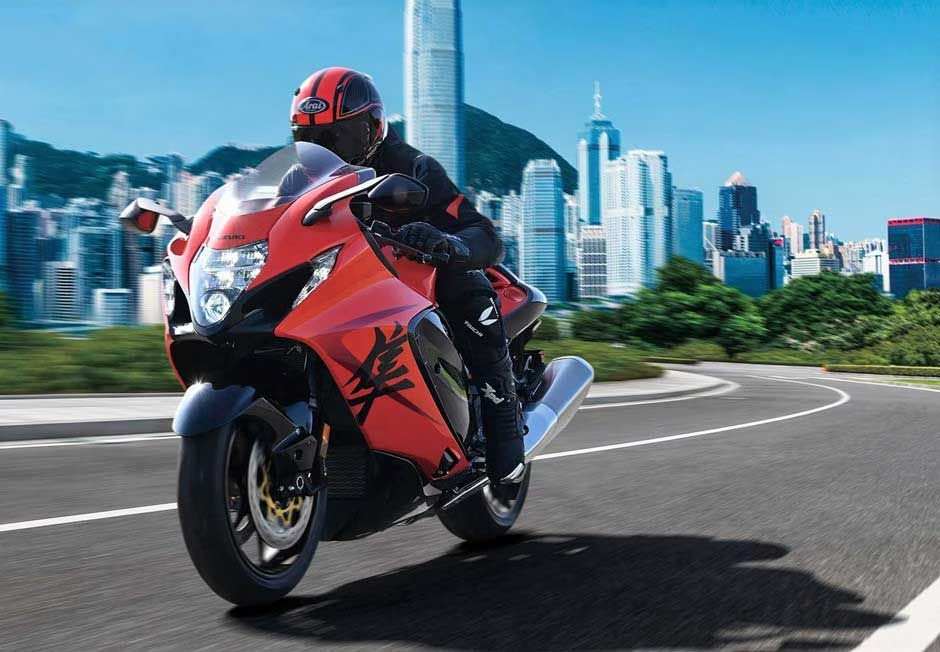Suzuki Patents VVT Hayabusa
Be in the know with Australian Motorcyclist Magazine, the leading Australian publication on industry
news, trends, stories and everything motorcycles.
Australian Motorcyclist Magazine, the best resource for riders in Australia.
Variable valve timing will give ‘Busa a boost and improve exhaust emissions.

Several newly published patent documents have emerged showing a version of Suzuki’s Hayabusa fitted with variable valve timing, a system that could help add even more performance while ensuring the bike isn’t threatened by next-generation emissions rules around the world.
The Hayabusa has already fallen foul of emissions limits in the past, disappearing from sale in many markets back in 2018 before making its return in 2021 with a cleaner engine and new styling. However, power was sacrificed at the altar of emissions, so the 2021-to-present machine has less on-paper performance than its predecessor.






